When house drain pipes are neglected and not well maintained, they clog. Do you know how clogged drains can disrupt your day? If No is your answer, then you’ve not seen it all. Blocked pipes and clogged drains can cause a lot of mayhem in your home.
Mostly it starts as minor issues, but with time it escalates into major ones, and if not attended ASAP, the clogs can cause corrosion, flooding, and slow water drainage.
However, knowing the common areas where clogs occur would go a long way in preventing such predicaments from happening.
Which are the Common Areas Where Clogs Occur?
In your home, clogs can occur in different areas for different reasons. Here are the common areas where clogging commonly occurs and the causes of clogged drains:
01. Toilet Clogs
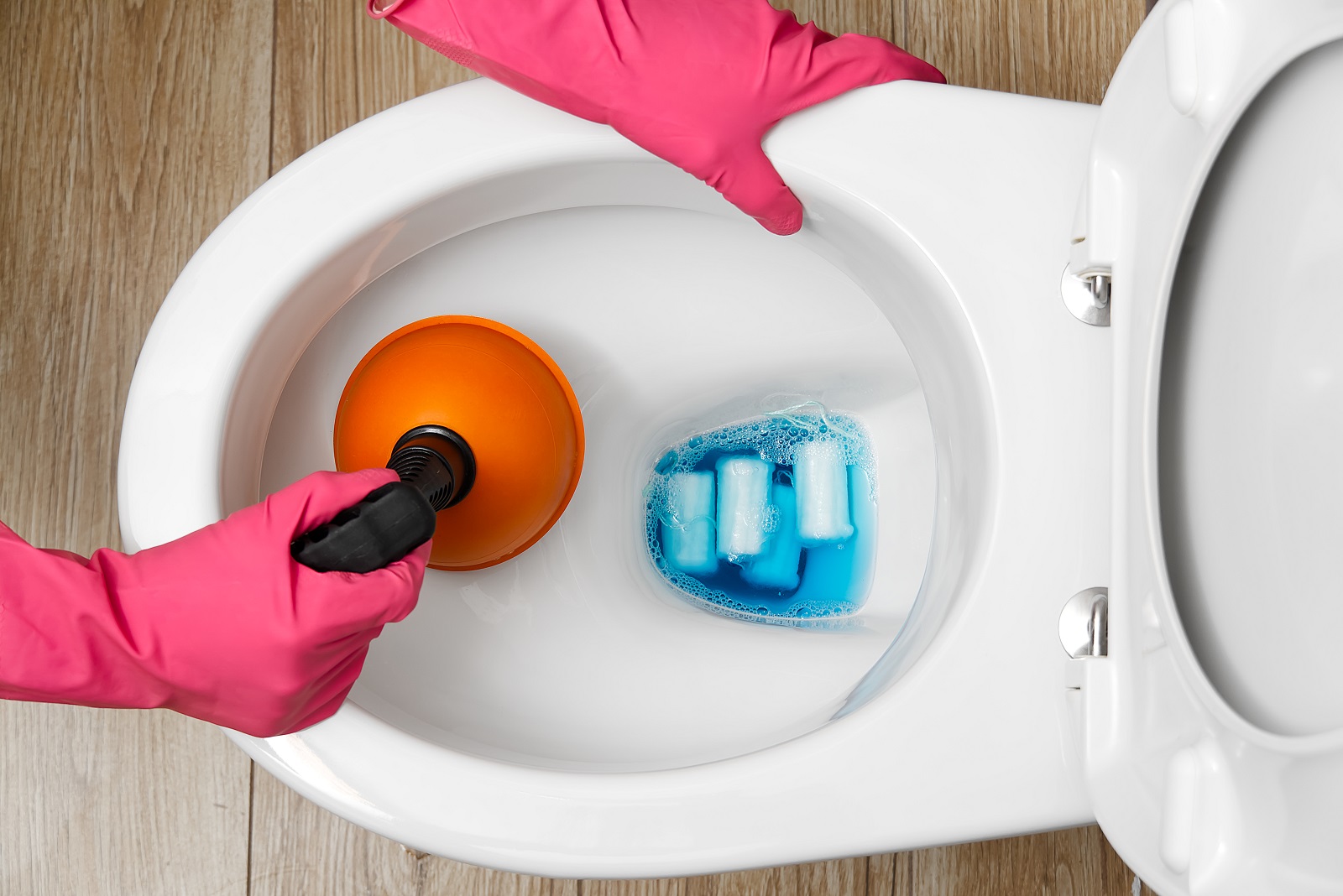
Toilet clogs are one of the most dreaded blockages you should avoid at all costs. They’re pretty troublesome to deal with and need to be addressed immediately. If you delay, the blockages will become stubborn, causing the toilet water to overflow. This would be a total mess in the bathroom.
Toilet clogs are caused mainly by the un-dissolvable items flushed in the toilet, including female hygiene products, diaper wipes, and excessive use of toilet paper. When these products are flushed into the toilet, they result in severe blockages in the pipes.
02. Kitchen Sink Clogs
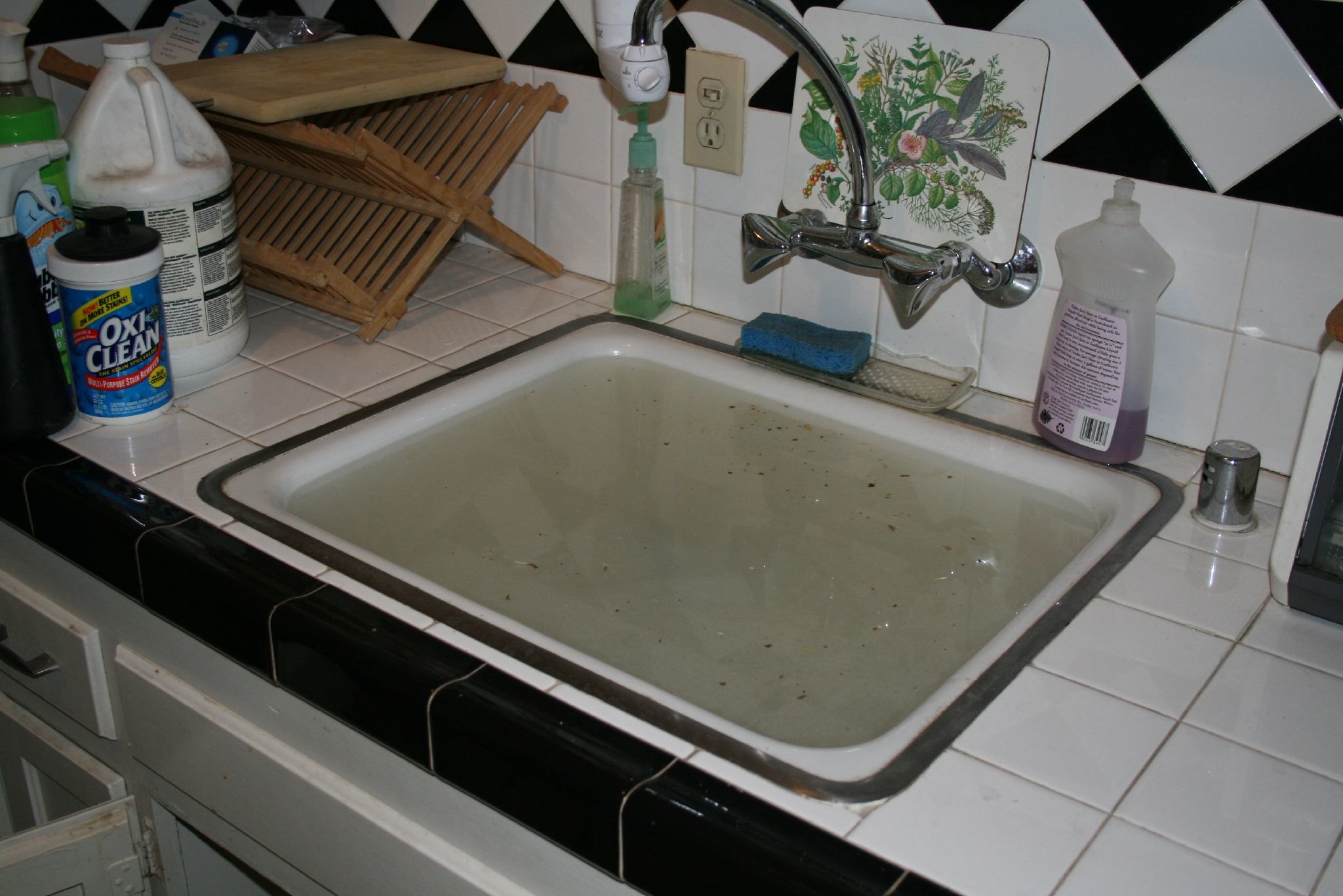
Kitchen sink clogs are the most common causes of clogged drains for every homeowner. It’s caused mainly by an overworked disposal or kitchen sink.
Do you know that not all food wastes should get discarded through a kitchen sink? Yes, things like grease, oil, stringy vegetables, fibrous materials, and starchy peels and grains should never enter your kitchen drain because they can ultimately cause drain blockages.
03. Shower Drain Clogs

Another area where clogs commonly occur is in the shower drain. They’re mainly caused by soap, dirt, hair, and the like. If you identify that the shower water is not smoothly draining as it should be, start rolling up your sleeves to address the issue earlier in advance.
Handling the issue earlier would prevent you from dealing with dirty soapy water that had build-up in the shower around your ankles.
To prevent shower drain clogs, you need to maintain your plumbing system regularly. Also, installing a drain plug would come in handy in reducing the amount of hair entering into the drains- this would cut back on bothersome clogs.
The best way of disposing of such items is by bagging and disposing of them in the garbage.
Later on, we have also written about various methods on how to unclog shower drain by using home remedies.
What Are the Signs of a Clogged Drain?
When some elements like hair, debris toys, soap, and dirt accumulate in your drain, they result in clogs that prevent your plumbing system from functioning well. And if not attended ASAP can pose both potential damage and health risk in your home.
However, knowing the signs of a clogged drain and working on them before things get out of hand would help curb the issue. Below are the common five signs of a clogged drain:
01. Bad Odour
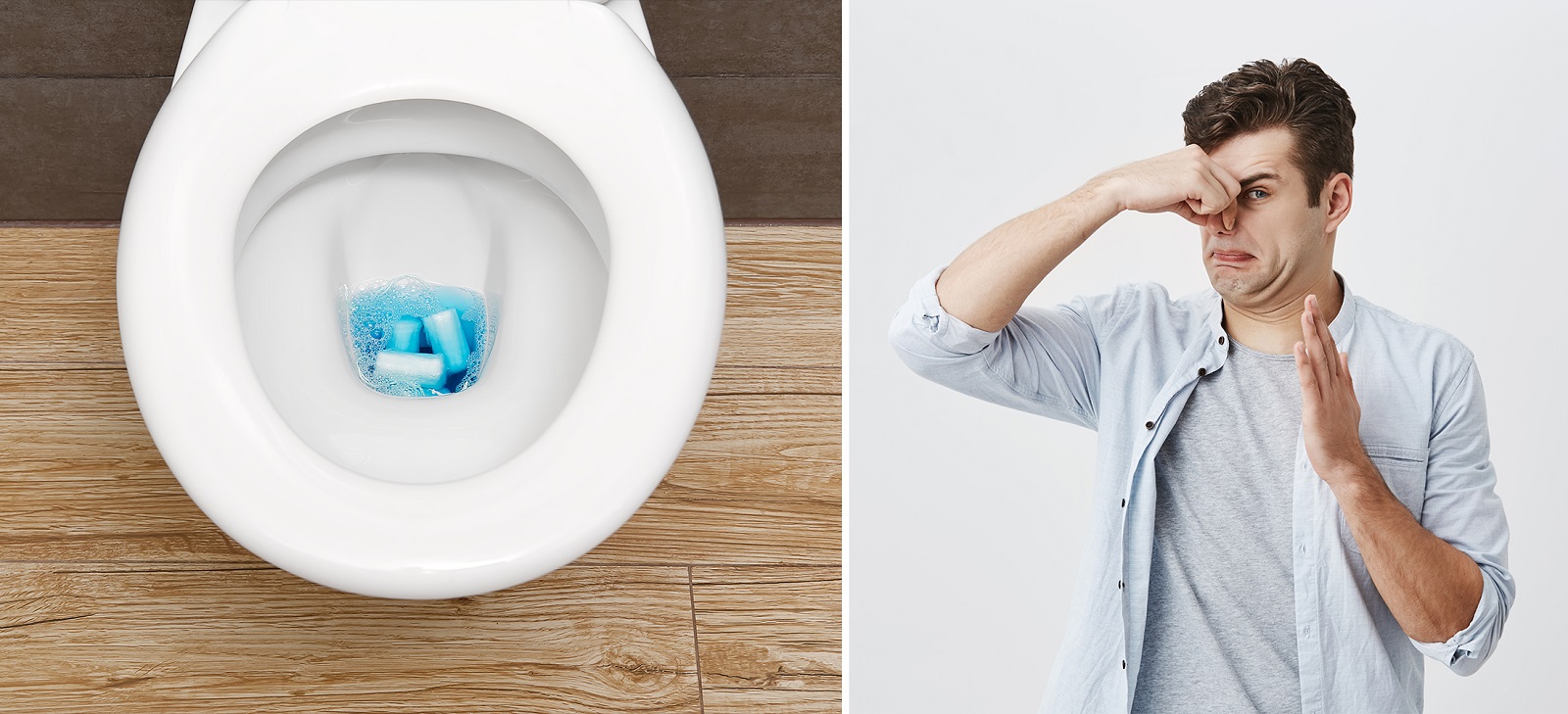
Is there a foul smell coming from the drains? If yes, then there is a problem with your pipes. Probably you’ve got some clogged pipes. When the drains are clogged, the waste flushed via pipes accumulates and rankle with time. This results in a foul sewage smell coming from the drains.
Some of these gases are hazardous and need to be dealt with quickly by checking the pipes right away and dealing with the issue straight from the source.
02. Toilet not Flushing
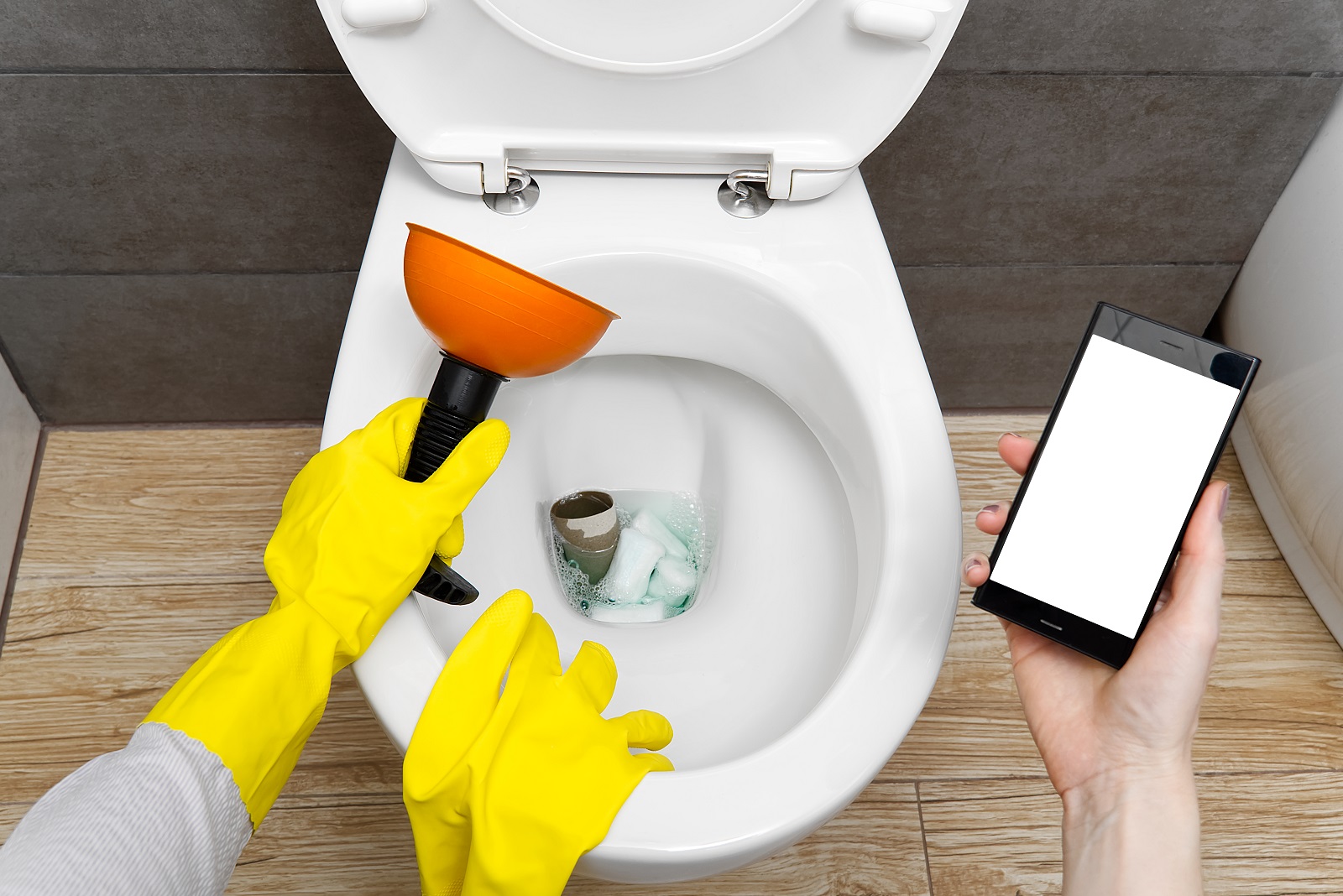
When you notice that your toilet is no longer flushing, it’s a warning sign of a clogged drain. It’s caused mainly by foreign objects like toys and excess toilet paper flushed down the toilet.
A toilet that’s blocked can create a lot of damage to your home. Therefore, it’s vital to deal with it before the clogs become severe. In this case, you need to remove the clogs. How? Stop the water flow into the tank and use a plunger to clear the passageway.
03. Plants and Flies

Puddles developing outside your compound or some plants growing around the sewer line when it’s not rained are alarming signs of plumbing issues. They indicate that you’ve got leaks in your pipes that need immediate attention.
If you fail to attend to them in time, the plants’ roots find their way through the leaking pipes, causing severe clogs.
Also, if you notice drain flies flying around your home, know that you’ve got clogs in your drains. The flies take advantage of clogged drains and start nesting around. It will be perilous if the insects find their way into the kitchen. So, it would help if you take prompt action to get rid of the clogs.
If you want to know about how to get rid of drain flies, then read our article:
04. Slow Draining
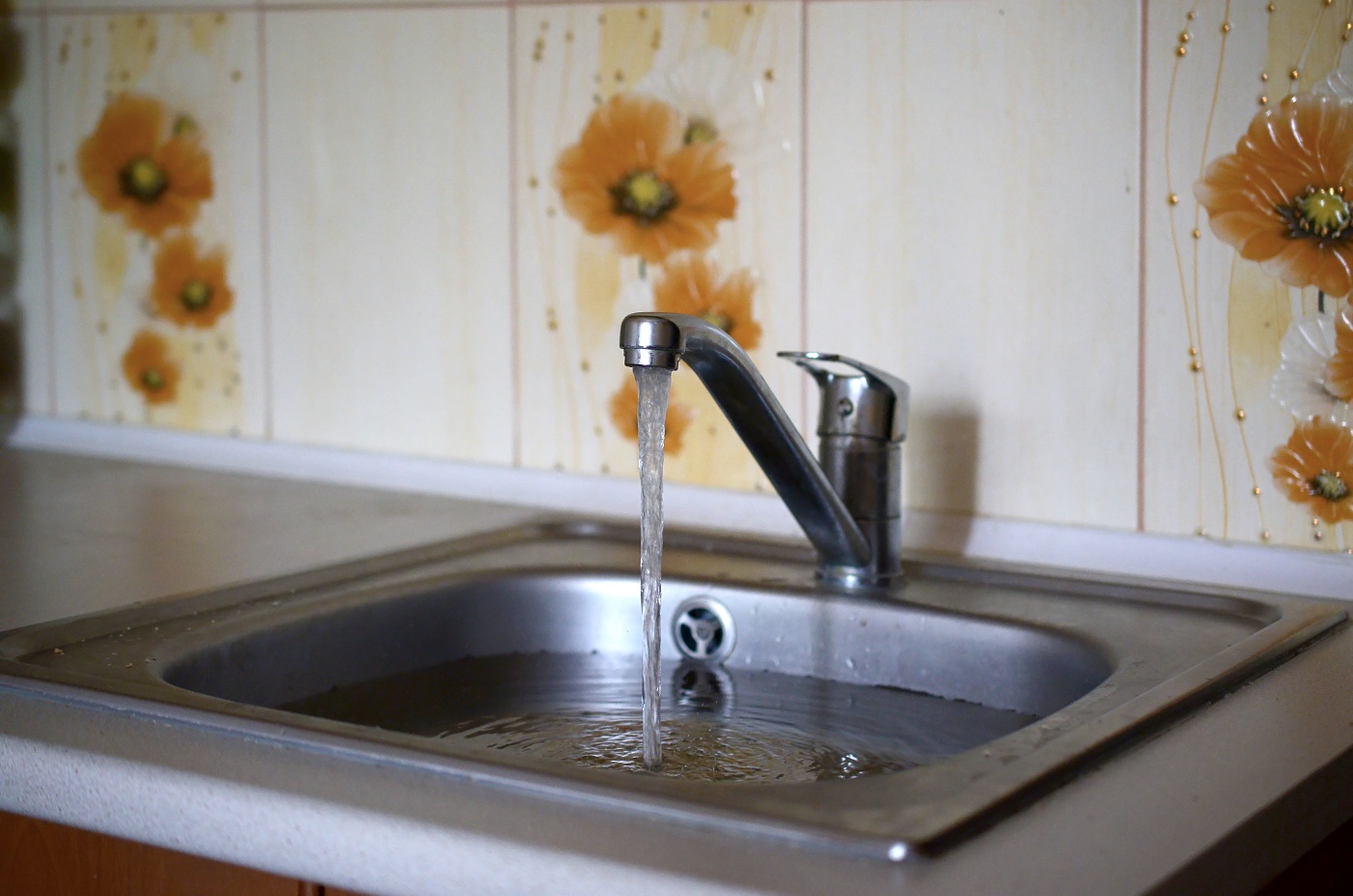
Is the water taking too long to drain from your toilet, sink or tub? If yes, then your drains are clogged. To know precisely where the clogs extend check if the kitchen is the only one having the issue. If yes, the clog might be originating from the sink’s pipes.
However, if the toilet also suffers from the same issue, the clogs might be far deeper, probably in the sewer pipe. The good thing about these clogs is that they’re relatively easy to fix and harmless.
05. Gurgling Drains
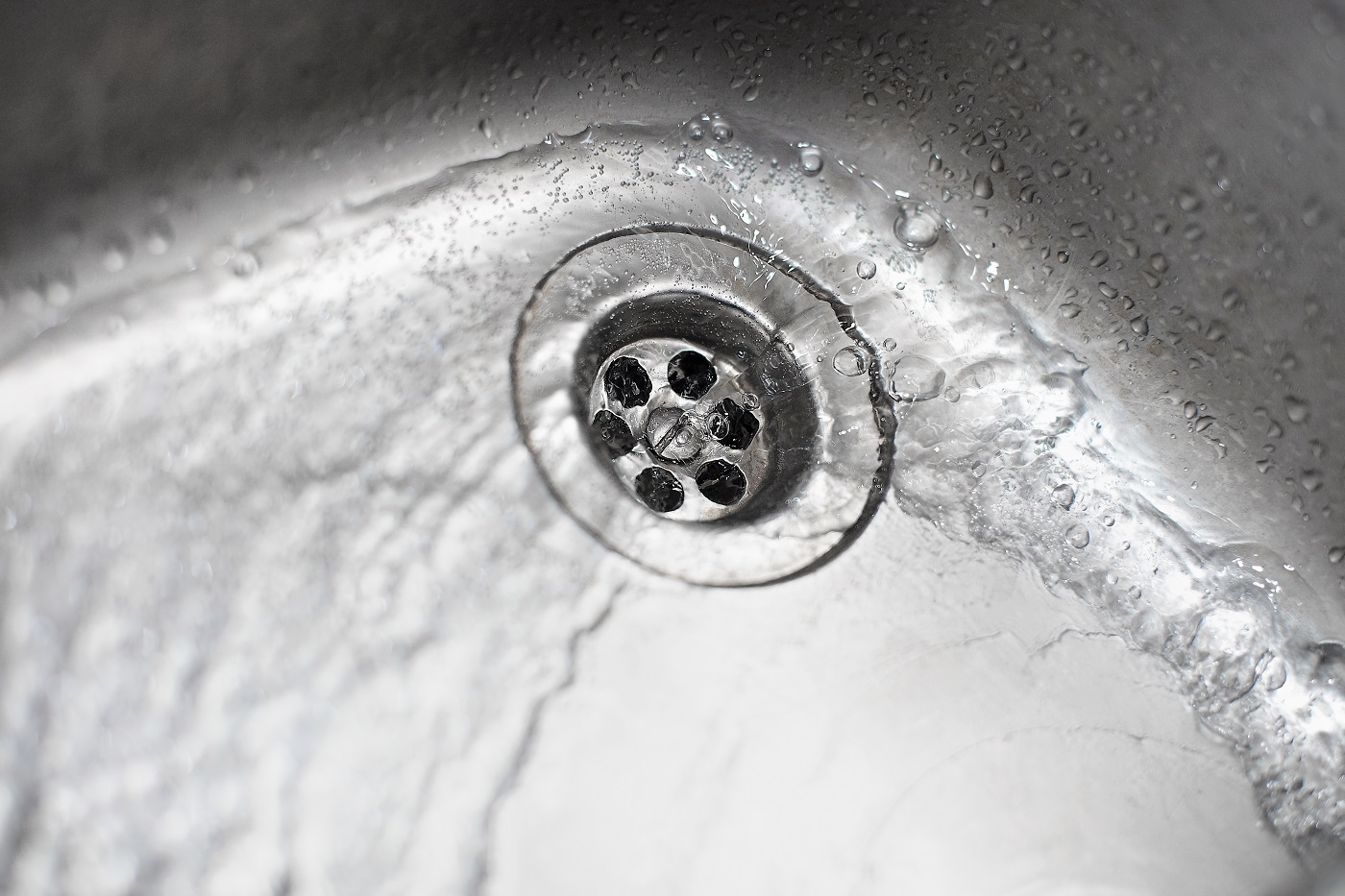
Water back up from the drain is another sign of a clogged drain. It’s primarily noticed in toilets or sinks. However, they’re mainly noticeable in toilets. If the toilets have clogs, you will spot visible bubbling and gurgling sounds whenever you flush.
The sounds are a good sign that some objects are blocking the pipes. The gurgling sound is caused by the air trapped by obstructive items in the main sewer line. This forces the flow of water to pass through smaller spaces.
How to Unclog a Drain – Home Remedies
Now that you’ve known the common areas where clogs occur and the signs of a clogged drain check the three methods below on how to clear clogged drain without even spending a dime on a plumber:
01. How to Unclog a Grease Clogged Drain?

Grease is one of the most common causes of clogs in sinks. You might have thinking of how to unclog a grease clogged drain. For that, you need to use a homemade drain cleaner- They’re the most recommended as they don’t damage the pipes, unlike their counterparts (chemical cleaners). Here is what you would need to make the mixture:
Ingredients
- A cup of table salt
- ¼ cup of tartar cream
- A cup of baking soda
Procedure
Now:
- Take a jar and mix the items
- Put a little bit of the mixture into the drain
- Then follow the mixture up with boiling water.
You can use this method of unclog drain with salt and baking soda regularly to maintain your sink.
02. How to Unclog Kitchen Drain or Shower Drain Using Non-toxic Drain Cleaners?
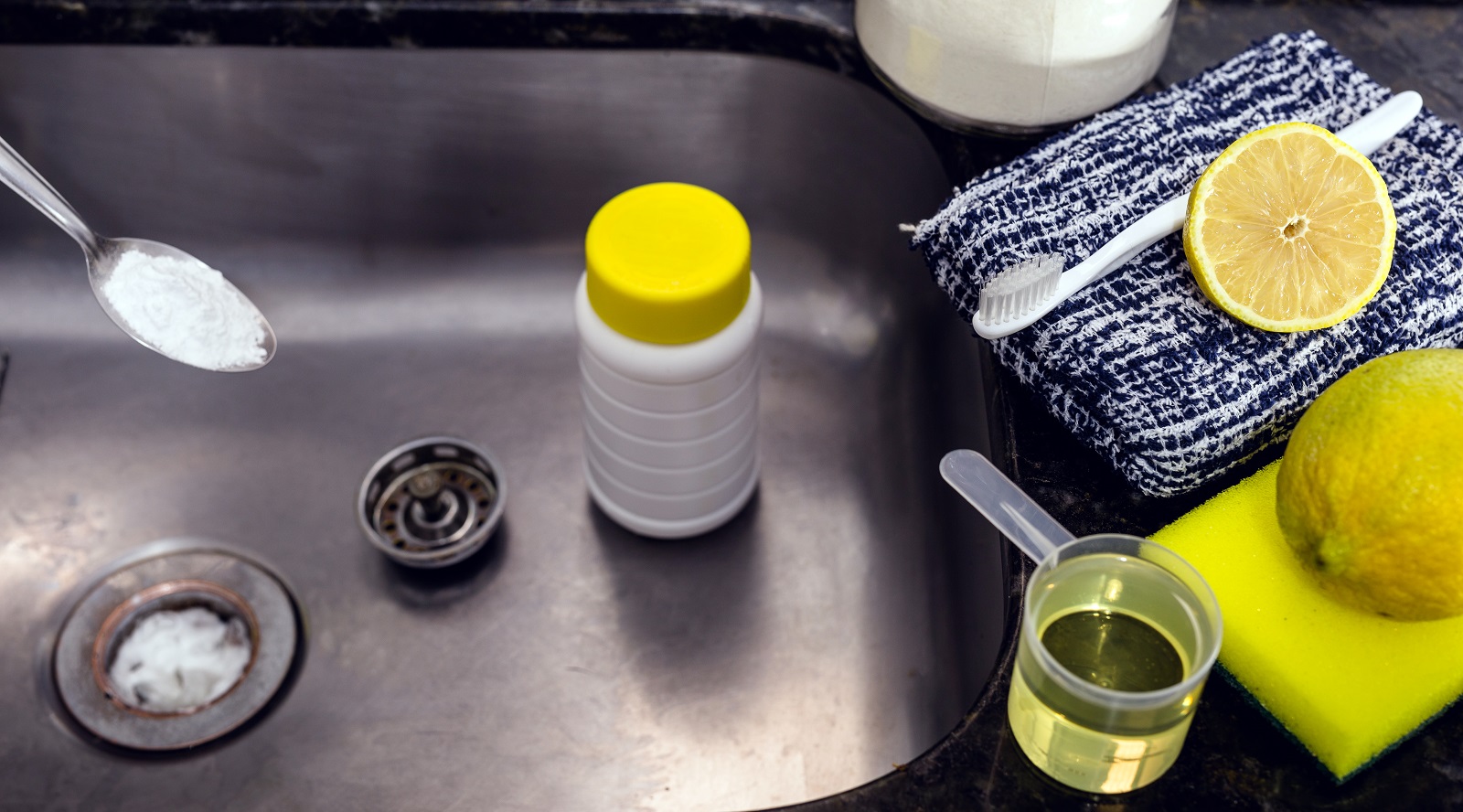
Table salt, tartar cream, and baking soda solution work wonders in clearing drain clogs. Also, the mixture of lemon juice, baking soda, vinegar, and a bit of salt and borax comes in handy.
So, instead of going for chemical cleaners that pose danger to your pipes, go for these non-toxic drain cleaners. They would go a long way in addressing the clog issues in your home.
03. How to Unblock Toilet Drain at Home Using a Plunger?

With the suction capability of a plunger, you can force out the clogs in the pipes if they’re not severe. Wondering how? Okay, follow these steps;
- Put the plunger first on the drain.
- Ensure that some water covers the plunger’s base in the drain.
- Then plunge until you force out the clog. However, avoid exerting excessive force on the pipe when plunging.
Left, unattended clogged drain can cause major issues. However, with these signs of clogged drain, you’re able to know how to handle and solve them.
Conclusion
If you have spotted signs in your home that hint at possible clogs, you know what needs to be done. Try out the hacks and leave a comment in the comment box below about how effectively you could handle the issue.
And before you go, don’t forget to read following article too:
Tips to Clean Clogged Drain (Toilet, Sink Sewer Pipe)
Image Courtesy: Image 3
Author Bio
Jennifer Kiminza – Jennifer Kiminza is a content writer and content marketing professional at Hub Spot, an inbound marketing and sales platform that helps companies attract visitors, convert leads, and close customers. Previously, Jennifer worked as a marketing manager for a tech software startup. She graduated with honors from Nairobi University with a dual degree in Business Administration and Creative Writing.



